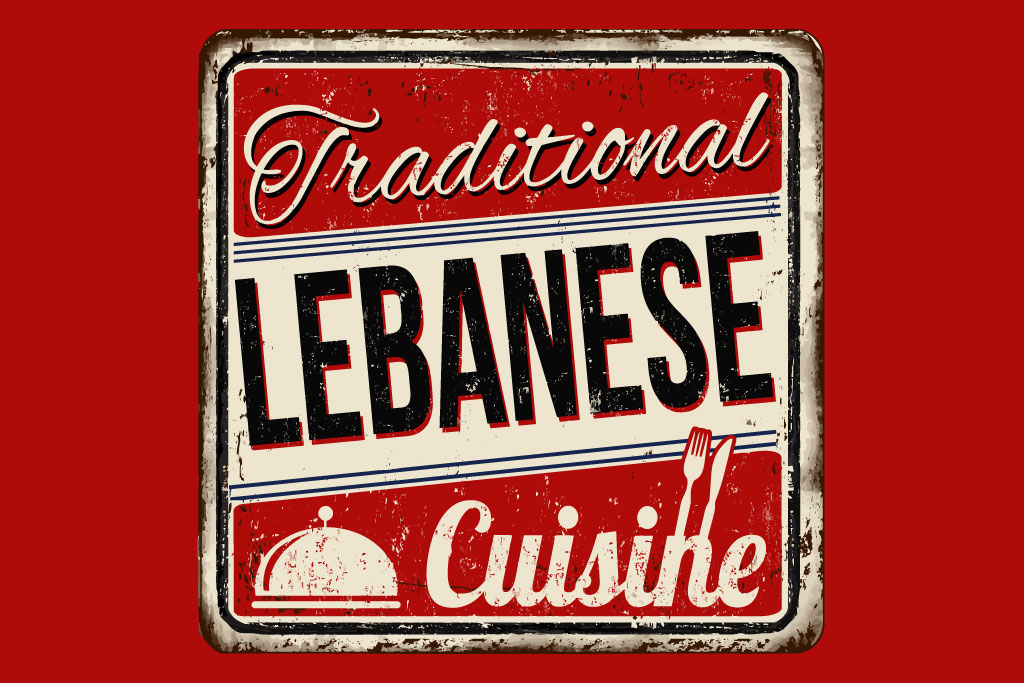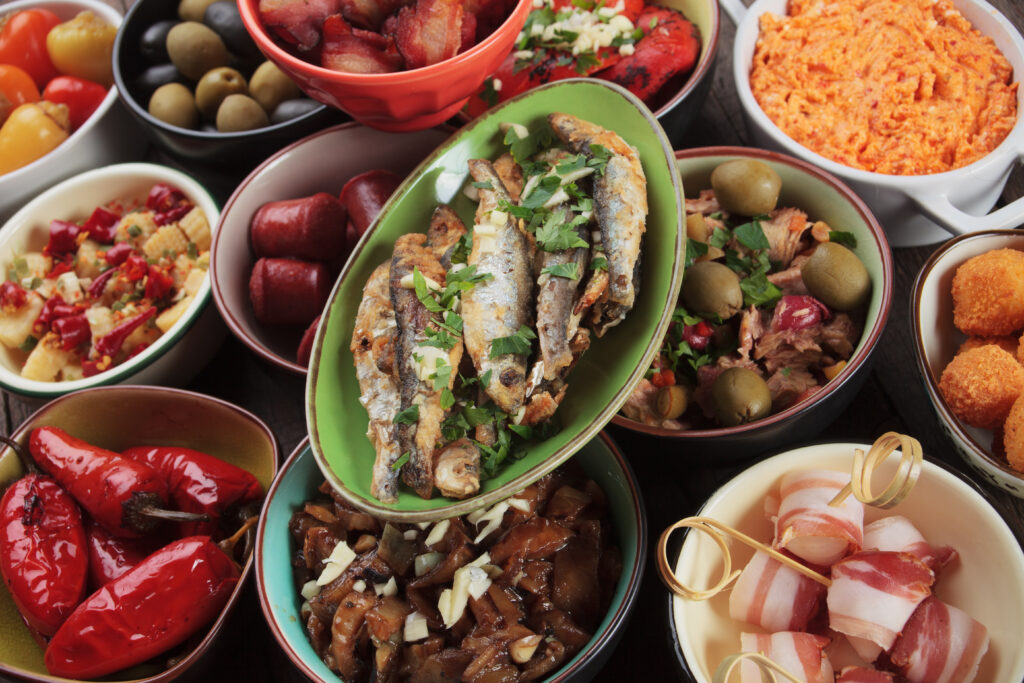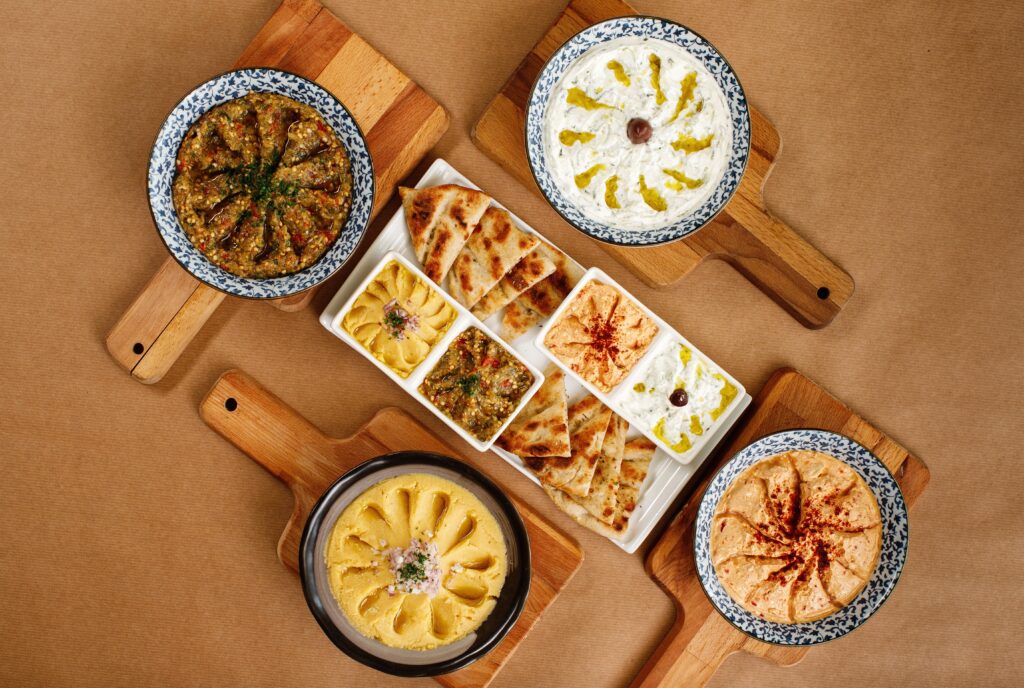
An Introduction to Lebanese Cuisine
Are you visiting Beirut and plan to try out the delicacies of Lebanese Cuisine? Perhaps, you want to bring a part of it into your kitchen and prepare aromatic Lebanese dishes? Well, then here is a complete introduction to Lebanese Cuisine for you!
Lebanon, also called the Lebanese Republic, is a country present in western Asia. The country shares its borders with Syria, Israel, and Cyprus. Due to its location, Lebanon has a diversified and rich food culture. Some of the main Lebanese dishes include Kibbe and Tabbouleh.
There is much more to Lebanese Cuisine than this. Learn all about Lebanese Cuisine from food history to famous Lebanese dishes below!
Food History & Background
Lebanese flavors come from the parts of the land, which we call Syria, Jordon, Lebanon, Palestine, and Israel. The excessive and intensive use of Za’atar best demonstrates this collective influence.
If we go back more in history, we see that there are two major influences that mainly make up Lebanese Cuisine. These include:
- Ottoman Influence
- French Influence
Since the Ottoman’s initially occupied the land, their meals have a long-lasting impact on the entire Cuisine. The Ottomans preferred the consumption of lamb. And often, their dishes involved stuffing of vegetables and meat. Moreover, it was in the Ottoman era that the dark-colored and strong-flavored Turkish Coffee got introduced. Most importantly, the Ottoman’s left a delicacy in the Lebanese sweets that we cherish till date, i.e., Baklava.
Later, when the French defeated Ottoman’s and occupied the land, their way of living and consumption heavily influenced the young and developing Lebanese Cuisine, especially the sweet-department. The French brought with them intricate pastries that the locals were astounded by and welcomed with open arms. Another dominant French addition to the everyday meals included croissants.
Other than these two, the Lebanese culture also happens to be influenced by various parts of the world as well. Lebanese food also features excessive use of certain vegetables, fruits, spices, and dry fruits that seem to give it a resemblance to other Middle Eastern Cuisines.

Lebanese Food Culture
Similar to its food, Lebanese food traditions and practices are also intriguing. For example, the preferred Lebanese methods of cooking include the only grilling, baking, and sauté. They hardly use other methods, such as frying and poaching.
Also, olive oil forms the primary ingredient when cooking. Unlike other cuisines, the usage of cream and butter is minimal. Moreover, the Lebanese people eat and prepare dishes according to the seasonal produce from the crops.
Perhaps, the fascinating Lebanese food tradition is Mezze. It is an assortment of small dishes that gets placed before the people to create a collection of flavors, textures, and aromas. Traditionally, the Mezze must have bite-sized dishes or small ones.
Usually, Mezze gets placed in front of guests, though some households do incorporate it into their family meals. Mezze can be simple, such as Hummus, Baba Ghanouj, bread, and some pickled vegetables. Or, it can become a complete meal, such as salads, skewered meat, and desserts.
Typically, a Mezze comprises of thirty hot and cold dishes. However, in families, there are only three to four dishes. So, you will only find a count between 26 to 30 Mezze dishes at a Lebanese restaurant.
Main Ingredients
Like every other Cuisine, there are a few key ingredients that form the identity of Lebanese Cuisine. As mentioned earlier, Za’atar happens to be a prime Lebanese ingredient. It is a mix of roasted sesame seeds, salt, sumac, thyme, and olive oil. A Lebanese kitchen is typically considered incomplete without this essential ingredient (which itself is a combination of many key ingredients)—for example, sumac.
Sumac, itself, refers to dried ground berry with a salty lemon flavor. Other than that, Lebanon’s make good use of Labneh, which is a cheese made by draining the moisture of yogurt. Similarly, Ashta refers to clotted creams that get prepared by boiling milk. Next, we have Baharat, which is a unique blend of pepper, paprika, cloves, cumin, cassia, nutmeg, cardamom, and coriander seeds. Tahini, chickpeas, Mezza, and yogurt are some other key ingredients found in a Lebanese kitchen.

Famous Lebanese Dishes
Although it is not official, the Lebanese Cuisine also has some regional divisions. The northern region, along with Sadon, is popular for its sweets and desserts. Whereas, the southern regions, along with Beqaa valley, is famous for its Kibbe and meat pastries. However, on the whole, there are a few Lebanese dishes that represent it all over the world. Some famous Lebanese dishes include:
- Maneesh
- Hummus
- Falafel
- Mulukhiyah
- Shawarma
Leave your comment
You must be logged in to post a comment.